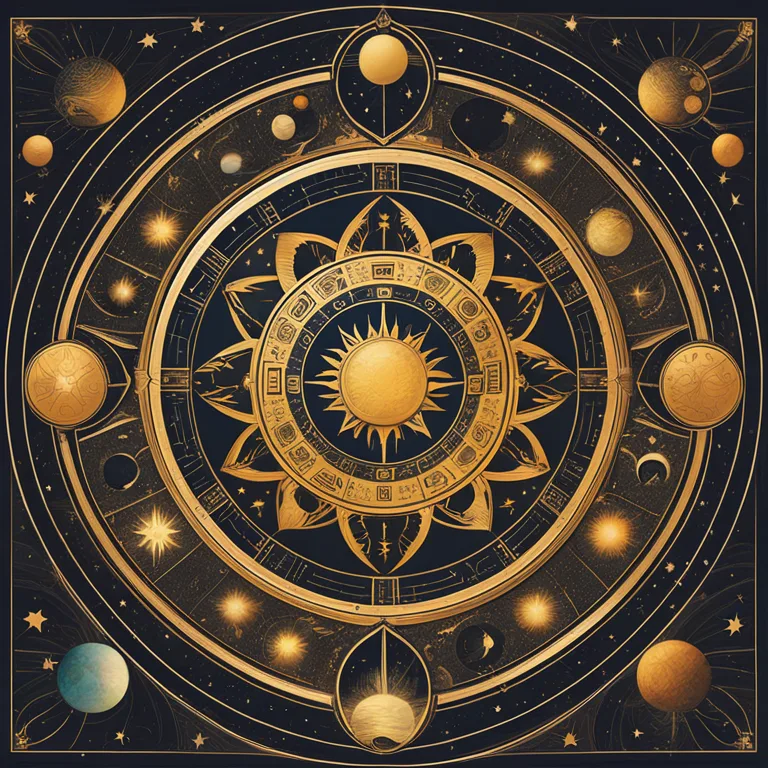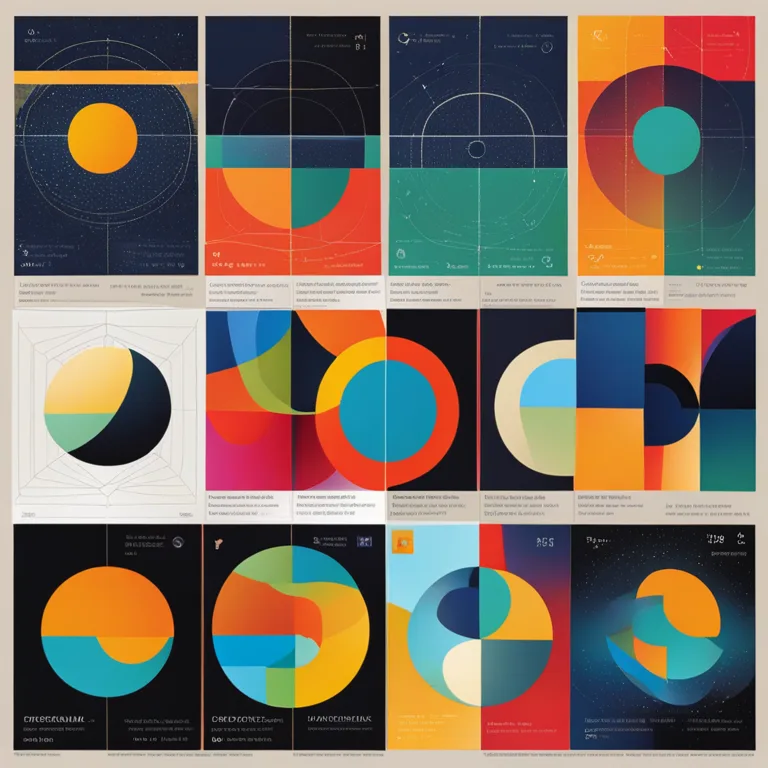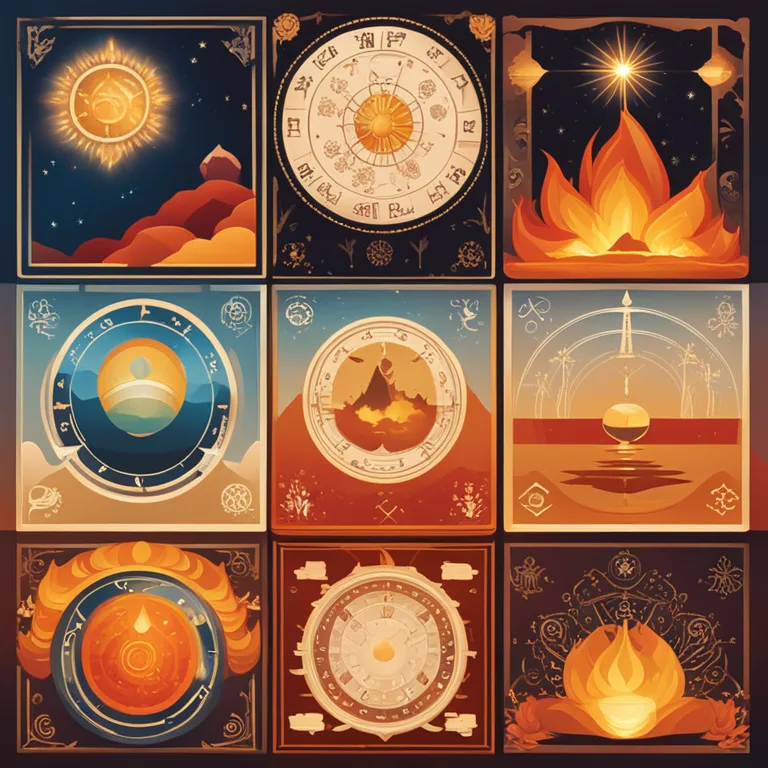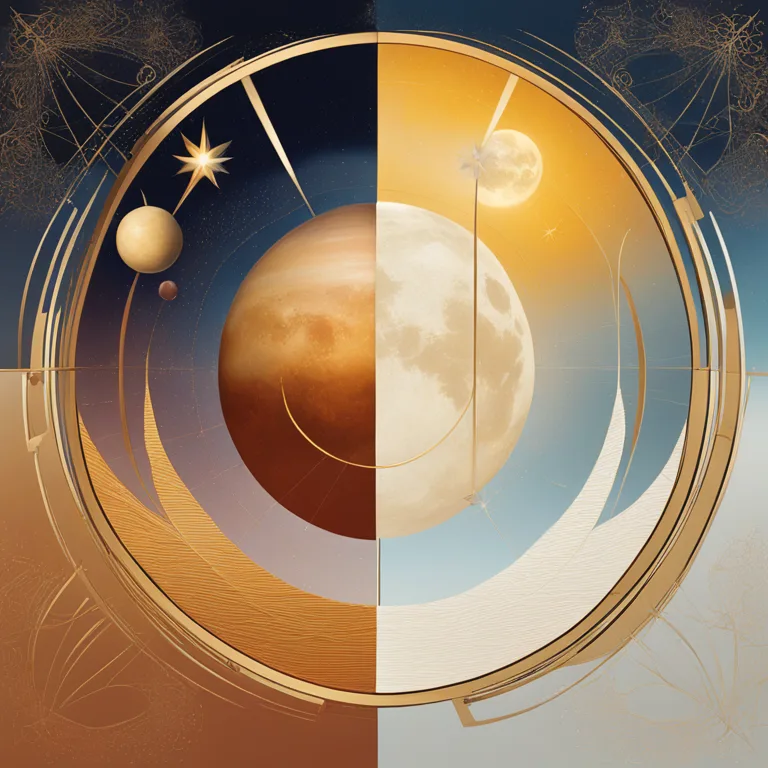
Astrology Compatibility Charts
Delve into the cosmic guide to relationships with our astrology compatibility charts for insightful connections.
article by Priya Deshmukh
The Cosmic Dance of Relationships
Astrology offers a unique perspective into the human experience, specifically in how we relate to one another. Compatibility charts are intricate maps detailing the celestial influences on our relationships, guiding us through the harmonies and challenges we may face with others. By comparing the position of the planets at the time of our birth, astrologers can draft a narrative rich in understanding and advice for relationship dynamics. Compatibility in astrology is not limited to romantic connections but encompasses friendships, business partnerships, and familial bonds as well.

Zodiac Signs and Elemental Compatibility
At the core of astrological compatibility are the twelve zodiac signs, each associated with specific personality traits. These signs are further categorized into four elements: fire, earth, air, and water. Fire signs are known for their passion and dynamism, often harmonizing well with air signs that provide the intellectual spark. Earth signs offer stability and pragmatism, seeking comfort in the emotionally in-tune water signs. Understanding these elemental relationships is a fundamental step in interpreting compatibility charts.

Interpreting Planetary Aspects
The relationship between planets in two individuals’ charts is known as an aspect and is crucial in compatibility readings. Conjunctions signal unity and ease, whereas squares can indicate tension that may result in growth or conflict. Opposing planets demand balance and can either bring about a sense of completeness or struggle. Trines and sextiles are harmonious aspects, fostering natural talents and understanding between individuals. As we enter 2024, the rich dance of planetary aspects continues to inform our relational experiences.

Sun Signs and Heart Connections
While important, a sole focus on Sun signs for compatibility can be misleading. The Sun sign represents one’s core being, but relationships are multifaceted. Thus, a deeper analysis involves considering the Moon sign, which governs emotions, Venus for love and attraction, and Mars for passion and drive. The alignments between these celestial bodies in two charts provide a more nuanced view of compatibility, beyond what Sun signs can indicate.

Understanding Love Languages through Astrology
Astrology can shed light on our preferred ways of expressing and receiving love, often referred to as 'love languages.' For instance, Venus in Gemini may enjoy verbal affirmations, while Venus in Taurus might find comfort in physical touch and gifts. Recognizing these preferences allows individuals to foster stronger and more empathetic connections, as they cater to each other's astrologically influenced expressions of affection.
The Synastry Chart: A Detailed Love Map
A synastry chart offers a detailed comparison between two people's birth charts, exploring the intertwined paths of their planets and points. This comprehensive chart doesn't predict the success or failure of a relationship but provides an in-depth exploration of where a couple might harmonize or encounter friction. The forthcoming transits of 2024 and beyond, such as Jupiter's benevolent passes or Saturn's tests of structure, can also affect the dynamics of existing relationships.
Published: 12/29/2023
Modified: 12/29/2023
More predictions
Come back here soon to learn more about yourself and your future


Birth Charts: A Beginner's Guide Explored
Delve into the basics of birth charts, the celestial snapshot of your potential. Learn how they influence personality and life in our beginner's guide.


Birth Chart & Predicting Marriage
Discover the potential of birth charts in forecasting matrimonial bliss and partnerships, with a cosmic lens on future commitments.


Birth Chart Without Time: Overview
Discover insights into analyzing a birth chart when the exact time of birth is unknown, providing alternative astrology approaches for clarity.